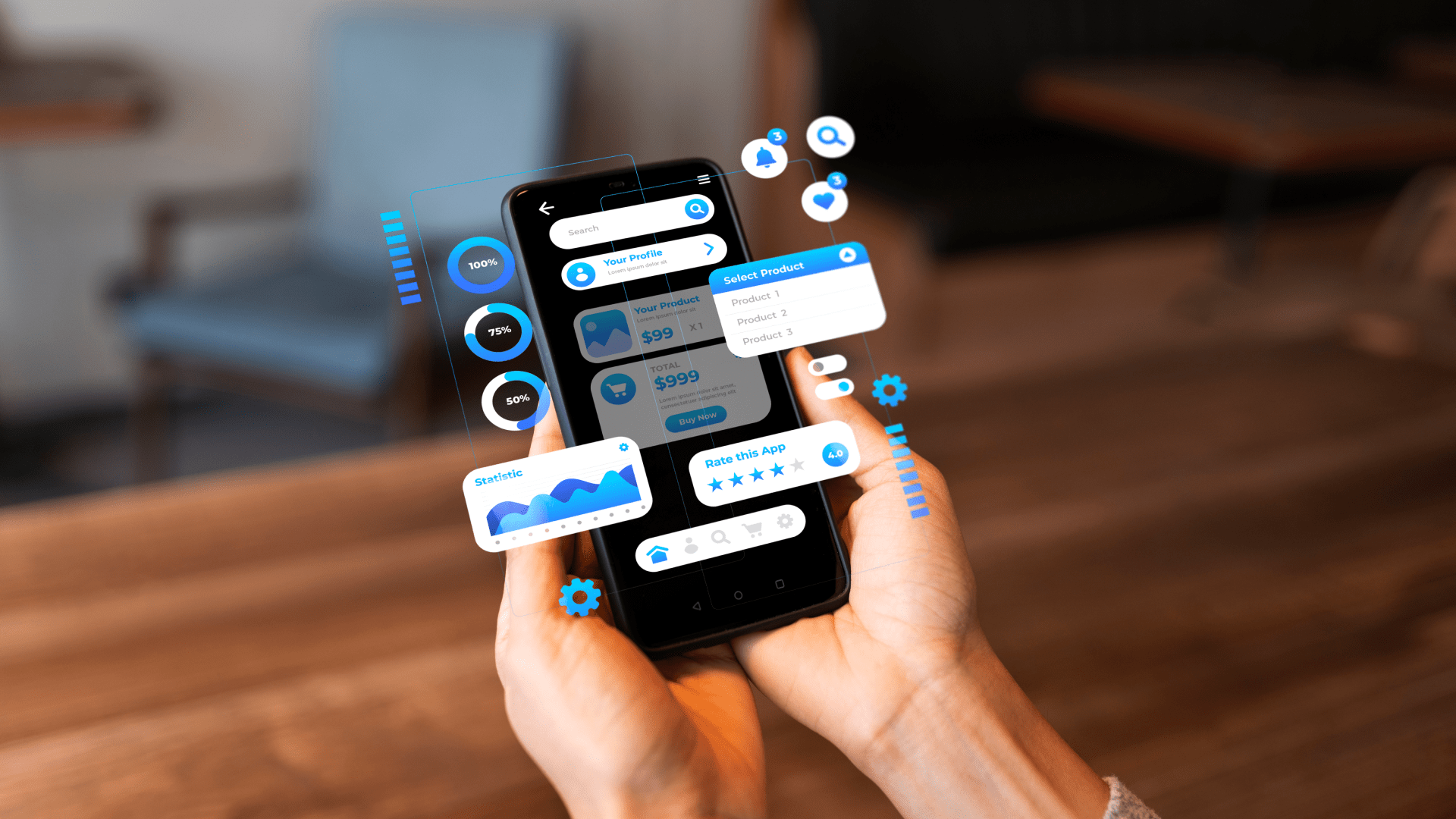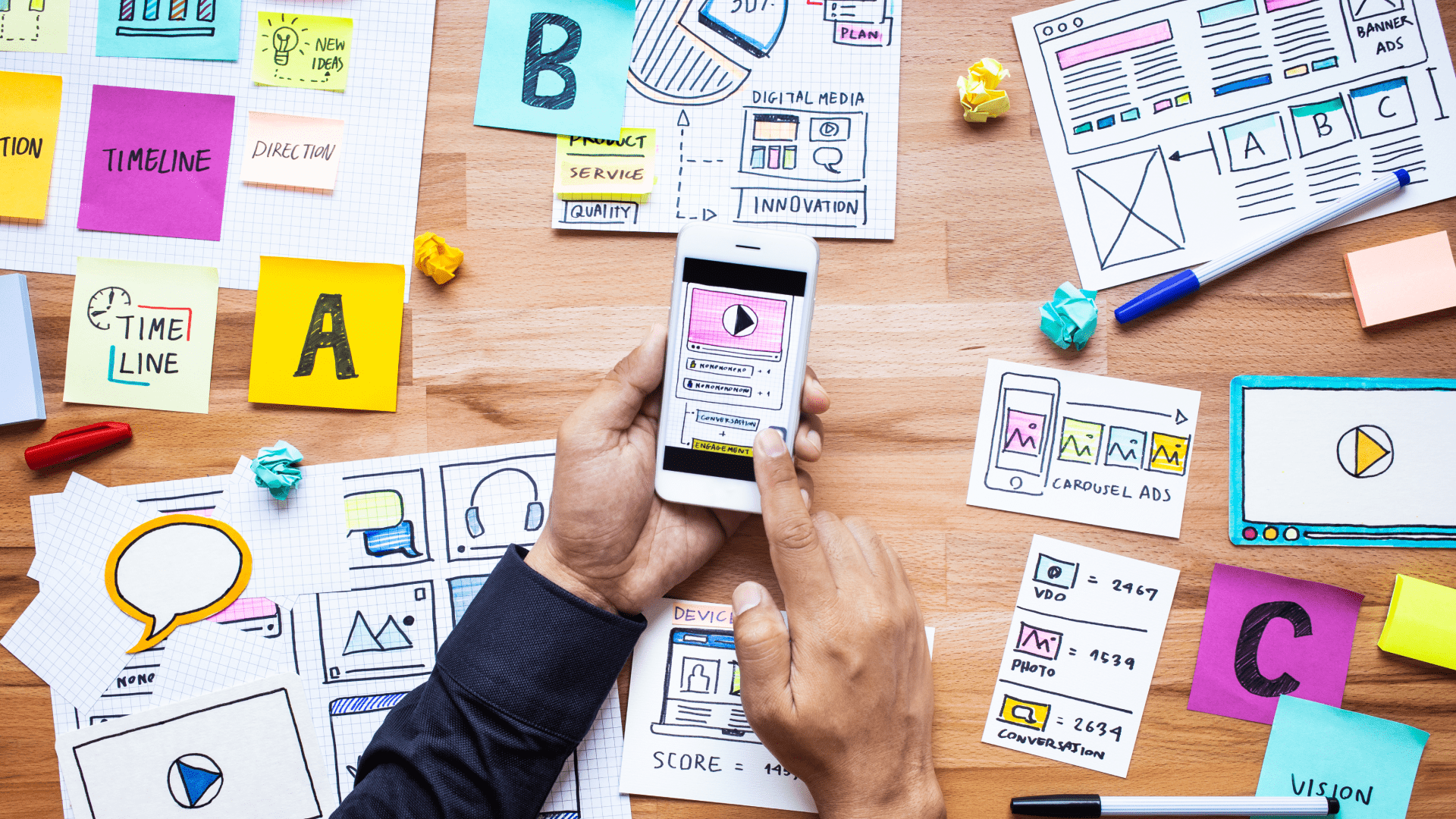In this blog, we will unpack what user-first design really means, explore the principles that drive it, walk through practical strategies and processes, and examine how leading products apply it to get the best results.
User Centric Design
User-Centric Design is a design philosophy and process that places the needs, preferences, and behaviors of end-users at the center of every stage of product development. It ensures that solutions are intuitive, accessible, and tailored to solve real user problems by involving users throughout the design cycle, from research and prototyping to testing and refinement.
A key outcome of this approach is an enhanced user experience (UX) delivering products that feel seamless, useful, and satisfying to interact with. By prioritizing user input and behavior, user-centric design directly contributes to a more intuitive and efficient experience, ultimately increasing user satisfaction and engagement.
Principles of User-Centered Design
A product must conform to certain principles that serve as the building blocks of UCD in order to be genuinely user-centric:
1. Design for the User
At the core of User-Centered Design is a subtle yet compelling notion: design with the user at its center. Instead of bending users to business goals, the design must serve to meet and exceed what users need and anticipate. This process places user goals, tasks, and pain points front and center to provide meaningful, relevant experiences.
Failing to act on this principle commonly results in digital products that perhaps do appear aesthetically pleasing but don’t quite relate. By prioritizing user needs over everything else, companies can build loyalty, enhance satisfaction, and make sure their solutions actually meet their intended users instead of just highlighting organisational aspiration.
2. Know the User’s Context
Creating good user experiences demands much understanding of the user’s actual everyday context. Context encompasses not only physical contexts—such as location or device—but also emotional states, social contexts, time pressures, and intent. A product that is utilized while commuting will require different considerations in design from one that is utilized in the office environment.
Knowing where, when, and how users will use a product, designers are able to make solutions that sit naturally within users’ habits. Context-driven design makes sure the product fits within the user’s world, as opposed to having users fit within the product—resulting in more seamless, more significant interactions.
3. Empathy Driven Research
User-Centered Design starts with empathy. Through interviews, observation, and continuous feedback, teams uncover real user needs, beyond surface-level behaviors.
Empathy-driven research helps reveal hidden pain points, challenge assumptions, and build solutions that feel intuitive and meaningful. When users see their input shaping the product, trust grows, and the end result is an experience that truly connects.
4. Design as an Iterative Process
The iterative process lies at the heart of User-Centered Design, with an ongoing focus on improvement based on real-world feedback. Once initial designs are published, continued testing and analysis assist in discovering new pain points, uncovering user behavior patterns, and encouraging wiser solutions.
Iteration enables teams to react to evolving needs, hone usability, and accommodate new technology or user expectations. Every design, test, and refine cycle brings the product closer to an optimal experience. Treating design as a living process instead of an event leads to improved user satisfaction and increased long-term commitment.
Good design is never done—it continues to evolve!
5. Usability Focus
Usability is more than whether or not a product is simple to use. It includes how effectively users can get things done, how happy they are while doing it, and how effectively the system responds to errors. A very usable interface eliminates friction, facilitates rapid learning, and leads users through actions naturally.
It empowers users to achieve their goals without confusion or frustration. Prioritising usability in User-Centered Design means observing real user behaviour, conducting task analysis, and iterating based on findings.
6. Accessibility for All
Inclusive design makes it possible for everyone, irrespective of ability, to use a product successfully. This includes individuals with visual, auditory, cognitive, or mobility challenges. Adhering to accessibility guidelines (such as WCAG) and designing with empathy allows teams to produce experiences that are fair, intuitive, and respectful.
Minor tweaks like adding alt text, making keyboard navigation available, or employing high-contrast colors—can greatly impact. In addition to compliance, accessible design makes your product available to more people and shows a real commitment to social responsibility and digital inclusion.
7. Balance Business and User Goals
A successful product must meet both business and user objectives. User-Centered Design doesn’t involve neglecting commercial goals—it involves prioritizing them along with what users really want.
For example, a simplified checkout meets users by removing friction but also boosts conversion. The secret is in finding common ground where business success is driven by user satisfaction. By research, prioritisation, and iterative feedback, design decisions can be taken that meet strategic objectives without diluting the user experience. This balance ensures healthy growth, good user loyalty, and a financially and functionally performing product.
Conclusion:
User-Centric Design is a strategic approach that places genuine user needs at the center of product development. In a competitive digital landscape, this leads to more intuitive experiences, stronger engagement, and lasting loyalty. Whether launching a new product or improving an existing one, prioritizing users is essential. Great design solves real problems and creates value for users and for the business.



